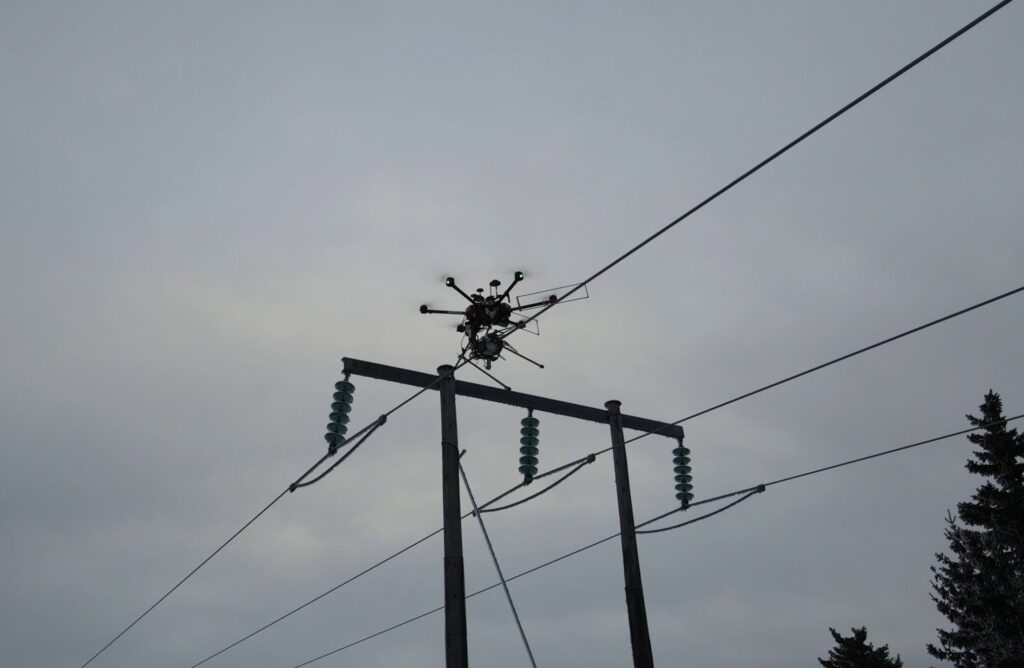
High-voltage power lines in the United States will soon be monitored by “magic balls” from Norway.
Heimdall Power is rolling out unique technology in the form of sphere-shaped sensors that have increased power-line capacity by 30% in Europe, according to a story on the tech from Electrek.
Better yet, early users of the sensors are reporting that they are saving money because transmission lines are better utilized in their networks.
“This summer … We were able to disconnect one of two parallel lines and ‘overload’ the other because we had full control of the temperature,” Trond Are Bjørnvold, department manager of Network Development at Arva in Norway, said in a Heimdall press release.
The spheres measure line temperature, current, and other key metrics. What’s more, Heimdall has partnered with Switzerland’s Meteomatics, a weather data company. The combined analysis is geared to help grid operators maximize line capacity, possibly allowing for more renewable power to be transmitted into the grid, all per Electrek.
It’s a unique way to ensure better use of our energy system, the innovators said.
“By combining our weather insights with Heimdall Power, we’re offering companies a look into their real-time power-line capacities — something that a majority of energy grid companies have not had access to before. We’re looking forward to continuing our work together stateside,” Meteomatics North America CEO Paul Walsh told Electrek.
There are plenty of lines to monitor in the U.S. — about 160,000 miles of high-voltage lines and millions of miles of low-voltage ones, per the Environmental Protection Agency.
The sphere sensors, called Neurons, appear to be about the size of a football on a Heimdall video clip. The “magic balls” are installed by drones in under two minutes.
There are physical Neurons and virtual ones. Heimdall explains on its website that the tech works best when both types of sensors are working in tandem. The tech utilizes cloud software to monitor the grid and to provide fast forecasts and analysis.
“This combination provides unrivaled quality at scale, making true wide area monitoring possible,” the company stated.
The sensors can operate in a temperature range of minus 40 degrees to 248 degrees Fahrenheit and are currently working for 30 utilities in 16 countries.
Leave a Reply